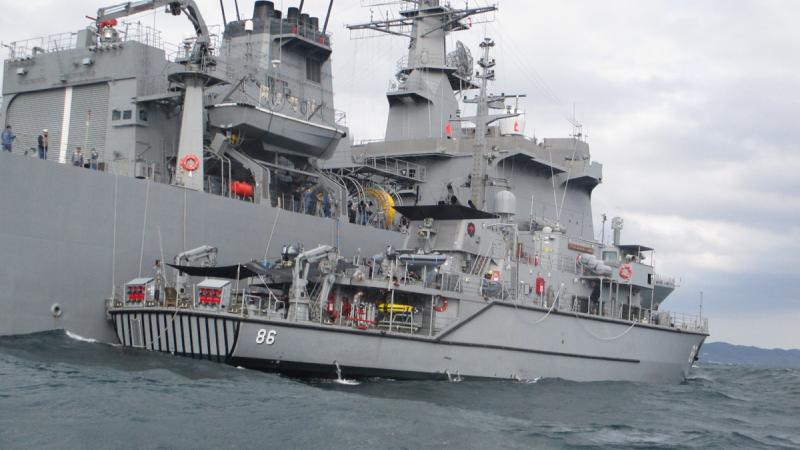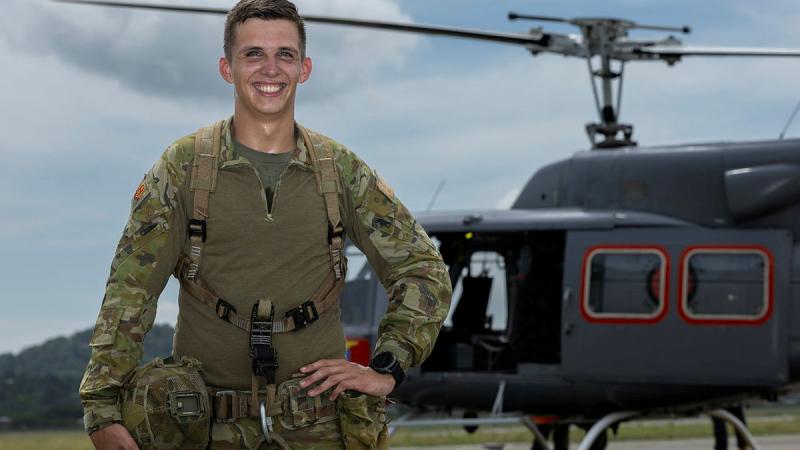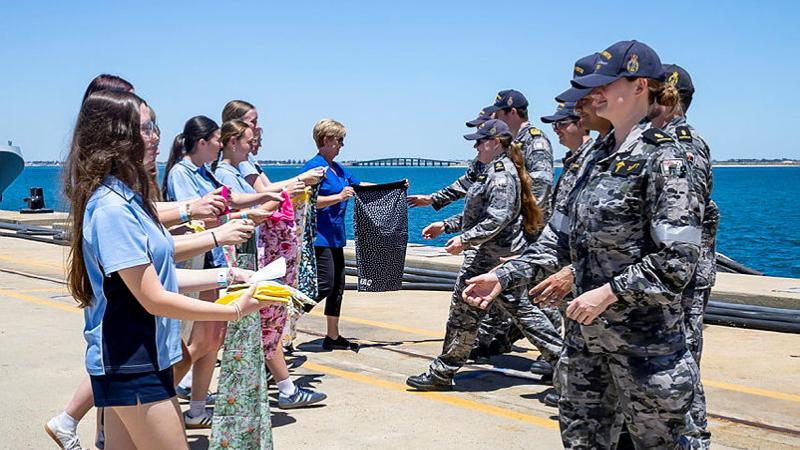29 July 2025
Inside 3rd Brigade’s Battle Group Kapyong Command Post, battle plans took shape.
Staff worked together to move armoured vehicles, guide drones and coordinate troops during Exercise Talisman Sabre 2025.
They cleared enemy positions at Objective Emerald using indirect fire, armoured manoeuvre and breach teams to take key ground by night, before shifting focus to a brigade assault on Line Creek Junction.
They worked closely with Battle Group Eagle, a reconnaissance unit providing vital intelligence to support planning and targeting decisions.
This coordination ensured teams had real-time information, enabling faster decisions and more effective actions on the battlefield.
To sharpen their edge, they also trialled new technology, including first-person-view drones and optionally crewed M113s – remotely operated vehicles fitted with mini-guns or 50-calibre machine guns.
The drones provided speed, agility and short-range strike capability, while the M113s delivered firepower without risking soldiers’ lives.
The command post also coordinated detection dogs and composite reconnaissance anti-armour teams, combining sensing and strike power for high-risk missions.
'The ability to adapt quickly with the right information is what gives us the edge in a fight like this.'
Major Joseph Smith, Operations Officer for Battle Group Kapyong, said the command post allowed rapid decisions and tight control across a dynamic battlefield.
“It’s where we bring everything together, timed and aligned to keep pressure on the enemy,” Major Smith said.
“The ability to adapt quickly with the right information is what gives us the edge in a fight like this.”
He said Talisman Sabre gave them more time and scale to train together, helping the brigade better understand its role within the larger force.
“It enables us to have our second hit-out in the same training year [following the North Queensland Warfighter Exercise] and really strengthen that link between brigade and division,” Major Smith said.
Also inside the command post was Philippine Marine officer Captain Karl Helmuth, who had been embedded as an observer to study how Australian forces planned, directed and adapted during operations.
Captain Helmuth exchanged ideas with personnel and gathered lessons to take back to the Philippine Marine Corps.
Coming from an amphibious infantry background, the experience gave him a rare look at how armoured and mechanised units operated on a large scale.
“There are a lot of good practices here, especially on the command and control aspect. Every day is a highlight for me,” Captain Helmuth said.
'This kind of exercise – you don’t get this experience anywhere else.'
He said the insights gained at the command post would help inform future training back home.
“When I get back, I’ll share what I’ve learnt with my higher command. The command post operations have been very impressive,” Captain Helmuth said.
It wasn’t just the command post operations that impressed him, it was also the high morale of the soldiers and the quality of the ADF rations.
“Everyone knows what they have to do and just gets it done,” Captain Helmuth said.
“The ration packs are great – you’ve got everything you need in one pack and they’re easy to eat in different ways.”
The experience was more than observation – it was a chance to build partnerships.
“This kind of exercise – you don’t get this experience anywhere else,” Captain Helmuth said.


